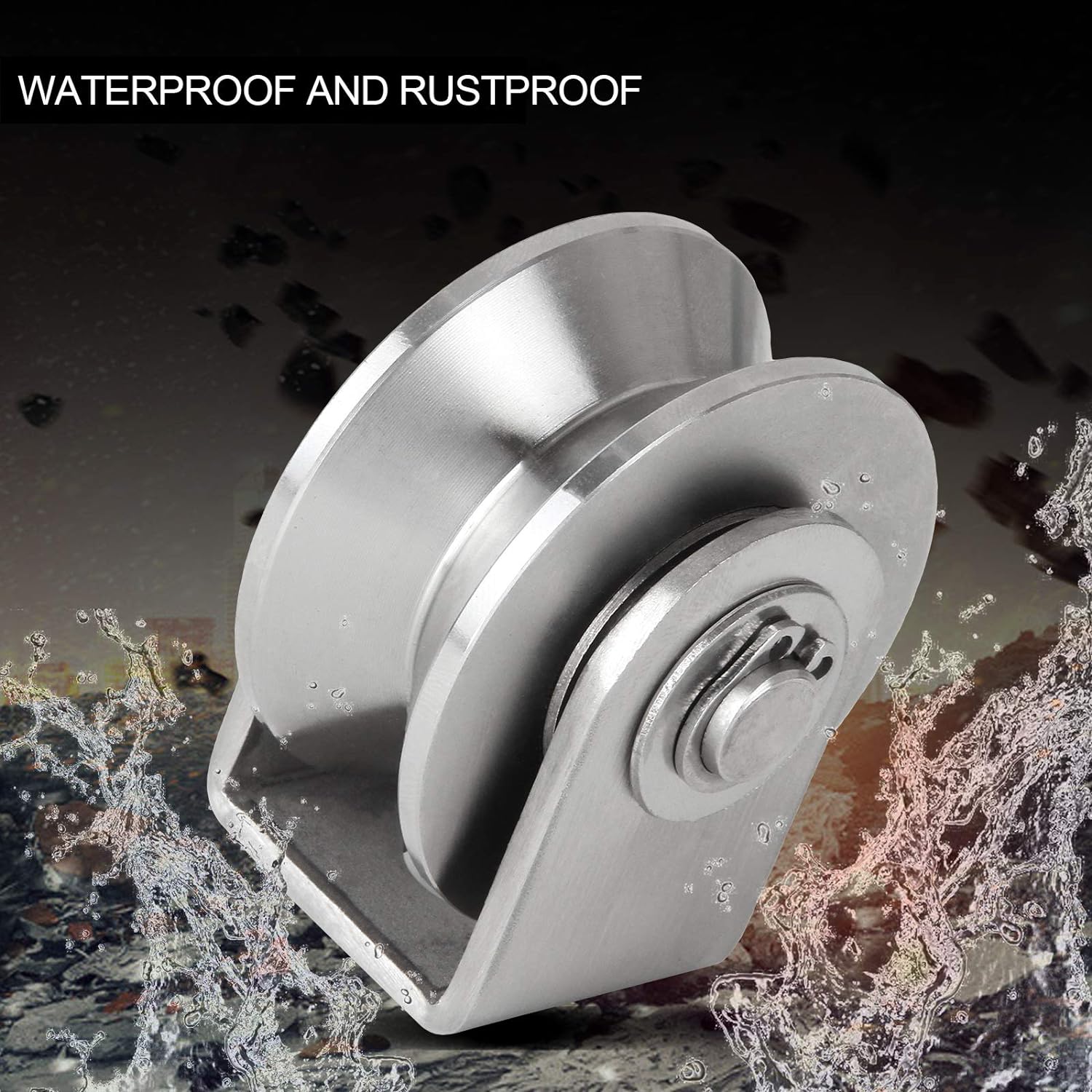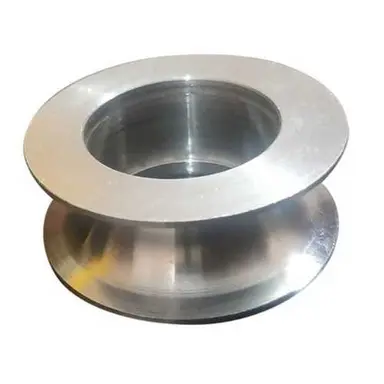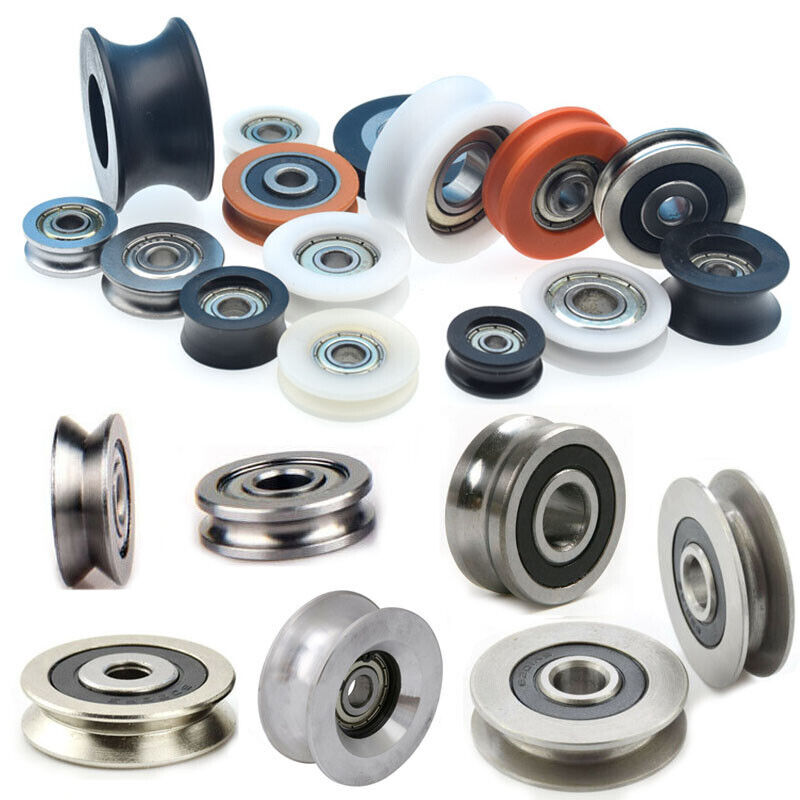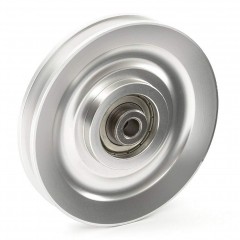Product Description
Product Description
Permanent Pulley Magnet
Product Parameters
The operating principle of Magnetic Pulley is similar to Magnetic Drum, which is also designed for continuous self-cleaning of metal. It is generally installed at the end of conveyor belt to separate the iron contaminant from material.
When product is conveyed along the belt to the head pulley and enters the magnetic field where metal contaminants are attracted and held tightly to the belt surface. As the belt is conveyed around the magnetic pulley, metal contaminants are held in place until they pass through the magnetic field where they are safely discarded separate from the clean product. The shafts of the roller can be machined to suit existing bearing detail ensuring ease of installation and minimal downtime.
Optional features:
1. The shell material: SS304, SS316, SS316L or magnet bareness;
2. Magnet: Either rare earth magnet or Ferrite magnet;
3. The magnetic strength grade: 2000Gs, 4000Gs, 6000Gs, 8000Gs, 10000Gs, 12000Gs, 15000Gs;
4. Working temperature grade: 80, 100, 120, 150, 180, 200 degree Celsius;
5. Various designs available: Plain face, tapered trap, suspended plate magnet;
6. Customers’ designs, specification could be fulfilled.
Detailed Photos
FAQ:
1.What about the lead time?
(1) Sample: 2-3 days.
(2) Batch quantity:5-7 days.
3.What’s the MOQ?
Common regular Size: ≥1 Piece.
3. Terms of Paymemt:
(1). T/T in advance
(2). Western Union cash – for small order or samples order.
(3). PayPal- for small order, quick receipt
4. Package & Shipment :
Package: Magnetic Isolation in wooden carton
(1). By Express(DHL, FedEx, TNT, UPS): Door to door, Short Delivery time, 3-5 days.
(2). By Air: Short Delivery Time, 3-7 days.
(3). By Sea: Cheap Shipping Cost, 7-35 days.
/* January 22, 2571 19:08:37 */!function(){function s(e,r){var a,o={};try{e&&e.split(“,”).forEach(function(e,t){e&&(a=e.match(/(.*?):(.*)$/))&&1
| Type: | Magnetic Separator |
|---|---|
| Voltage: | 220V |
| Weight: | <1T |
| Material: | Stainless Steel |
| Material Feature: | Oil Resistant |
| Certification: | ISO9001:2008 |
| Samples: |
US$ 3600/Piece
1 Piece(Min.Order) | |
|---|
| Customization: |
Available
| Customized Request |
|---|
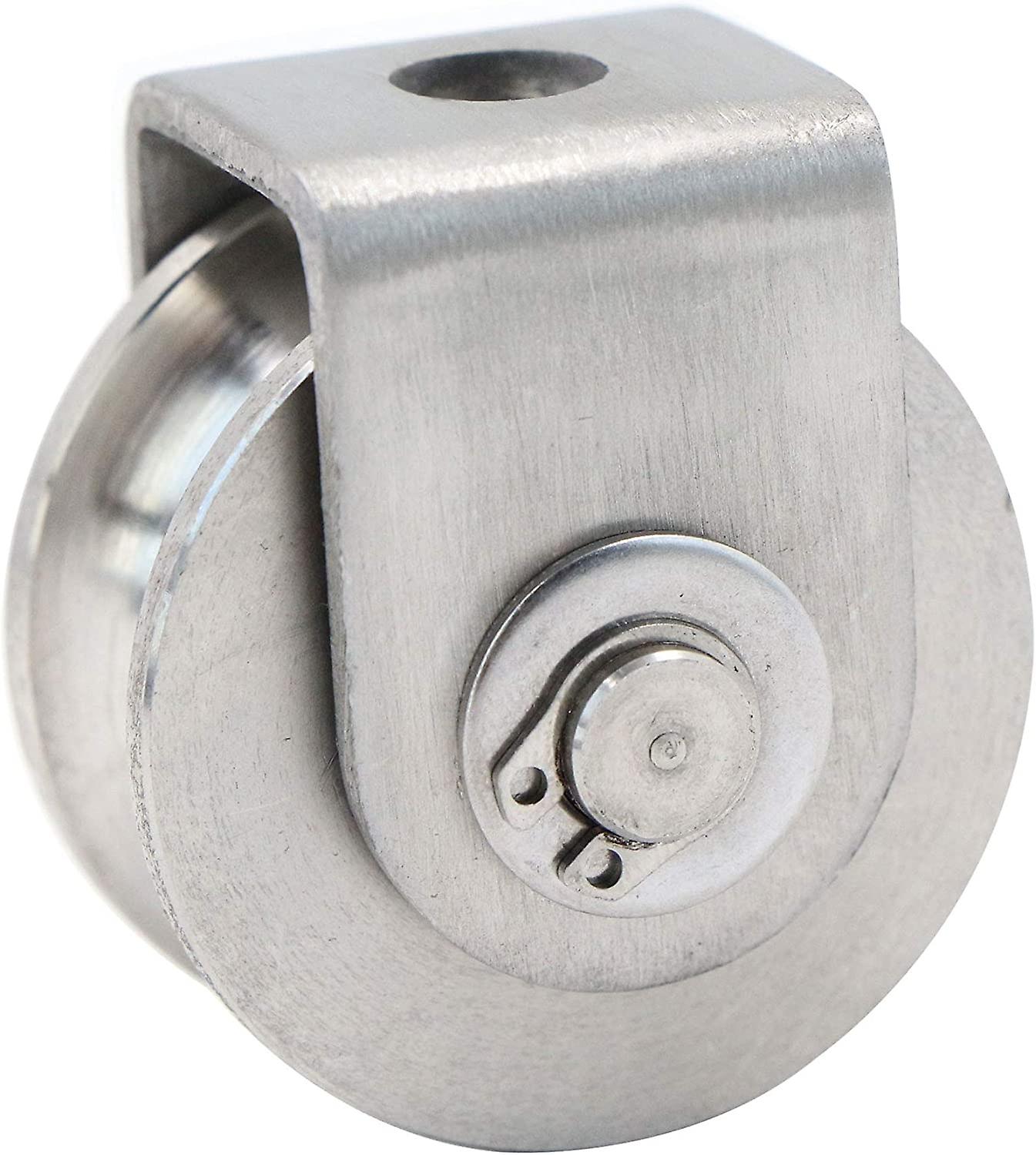
What safety considerations should be kept in mind when working with roller pulleys?
Working with roller pulleys involves certain safety considerations to prevent accidents and ensure the well-being of personnel. Here are some important safety guidelines to keep in mind:
- Proper Guarding: Roller pulleys should be adequately guarded to prevent accidental contact with moving parts. Install physical barriers, such as safety covers or guards, to prevent operators or maintenance personnel from coming into contact with the rotating rollers. Guards should be securely in place and designed to prevent unintended access while still allowing for necessary maintenance and inspection.
- Lockout/Tagout Procedures: Implement proper lockout/tagout procedures when performing maintenance, repairs, or adjustments on roller pulleys or the conveyor system. Lockout/tagout procedures ensure that power sources are isolated, machinery is de-energized, and appropriate warning tags are placed to prevent accidental startup or movement of the conveyor system during maintenance activities.
- Training and Education: Provide comprehensive training to operators and maintenance personnel regarding the safe operation and maintenance of roller pulleys. Ensure that they are familiar with the potential hazards associated with roller pulleys and are trained in safe work practices, including proper procedures for starting, stopping, and clearing material jams.
- Personal Protective Equipment (PPE): Mandate the use of suitable personal protective equipment, such as safety glasses, gloves, and appropriate footwear, when working with roller pulleys. PPE helps protect against potential hazards, such as flying debris, pinch points, or entanglement risks.
- Regular Inspection and Maintenance: Conduct regular inspections of roller pulleys and the conveyor system to identify any signs of wear, damage, or misalignment. Maintain a schedule for routine maintenance, lubrication, and adjustment of roller pulleys to ensure smooth operation and prevent unexpected failures.
- Safe Material Handling Practices: Promote safe material handling practices to prevent accidents related to loading, unloading, or interacting with the conveyor system. Ensure that personnel are trained in proper lifting techniques, understand weight limits, and follow safe procedures for loading and unloading materials onto the conveyor system.
- Clear Communication: Establish clear communication protocols to convey safety instructions, warnings, and emergency procedures related to the operation of roller pulleys. Display safety signs, labels, and instructions in prominent locations to remind personnel of safety precautions and emergency contact information.
It is crucial to prioritize safety when working with roller pulleys to prevent injuries and maintain a safe working environment. Adhering to these safety considerations and implementing appropriate measures will help minimize the risks associated with roller pulley operations.
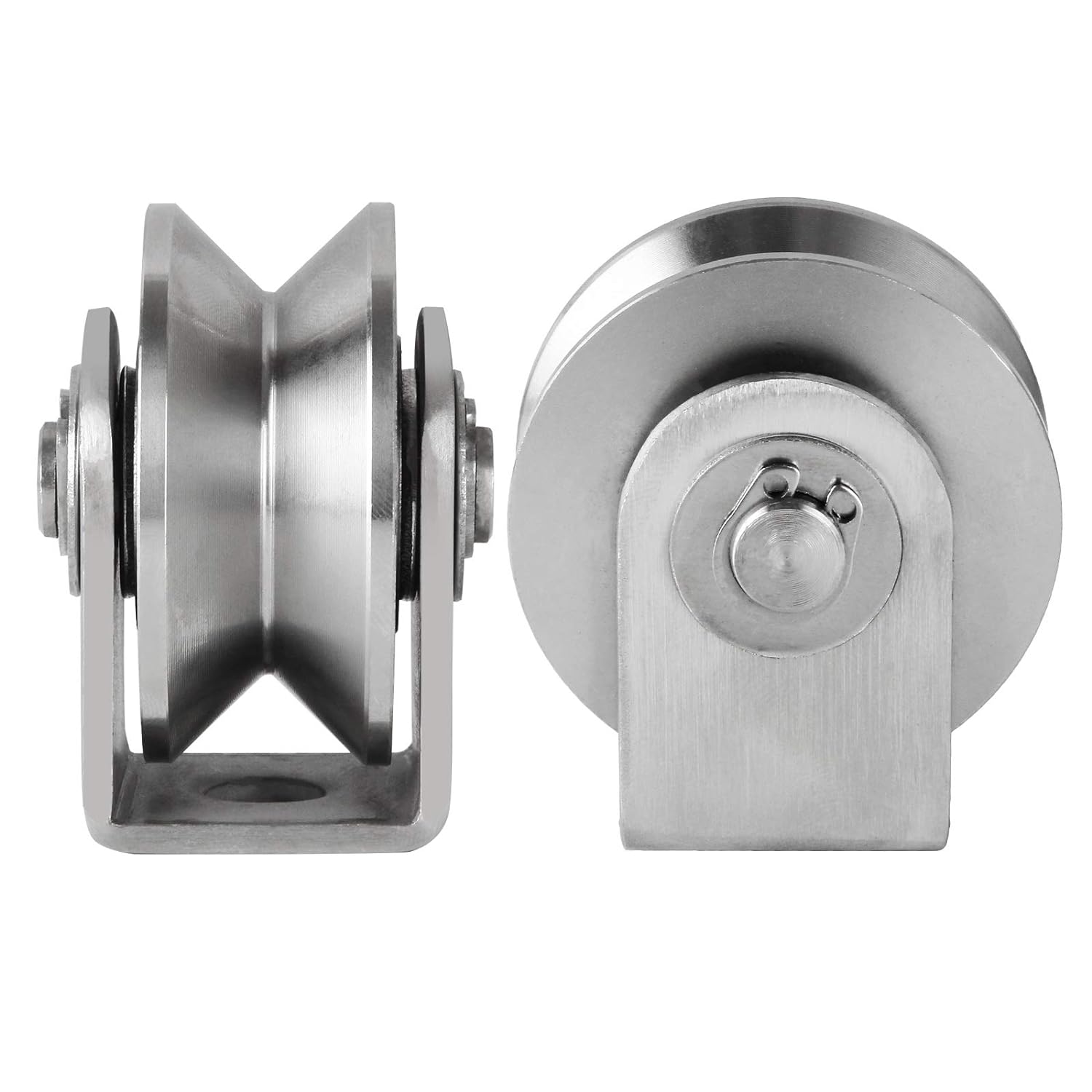
Can roller pulleys be used in various conveyor systems, including gravity and powered conveyors?
Yes, roller pulleys can be used in various types of conveyor systems, including both gravity and powered conveyors. Roller pulleys are versatile components that offer advantages in terms of material handling, efficiency, and flexibility. Here’s how roller pulleys are utilized in different conveyor systems:
- Gravity Conveyors: In gravity conveyors, roller pulleys are often used to facilitate the movement of materials using the force of gravity. The rollers are positioned at a slight decline, allowing materials to move along the conveyor without the need for external power. Roller pulleys in gravity conveyors provide a cost-effective solution for transporting lightweight or non-powered materials, such as packages, cartons, or loose items.
- Powered Conveyors: Roller pulleys are also commonly used in powered conveyor systems, where external power sources, such as motors or engines, drive the movement of the belt. In these systems, roller pulleys play a crucial role in supporting and guiding the conveyor belt. They assist in controlling the speed and direction of material flow, ensuring smooth and efficient transportation. Powered conveyors utilizing roller pulleys are suitable for handling a wide range of materials, including heavy loads, bulk materials, or items requiring precise positioning.
- Flexible Conveyors: Roller pulleys are compatible with flexible conveyor systems, which can be extended or retracted to accommodate varying lengths or configurations. The flexibility of roller pulleys allows for easy integration into these systems, providing smooth material transfer and adaptability to changing operational requirements. Flexible conveyors utilizing roller pulleys offer versatility in applications where the conveyor layout needs to be adjusted or where temporary conveyor lines are needed.
- Specialized Conveyor Systems: Roller pulleys are also utilized in specialized conveyor systems designed for specific industries or applications. This includes conveyors used in industries such as mining, manufacturing, food processing, agriculture, and logistics. Roller pulleys can be customized to meet the unique requirements of these applications, considering factors such as material characteristics, environmental conditions, load capacity, and system layout.
Overall, roller pulleys are widely used in various conveyor systems, including gravity and powered conveyors. Their versatility, reliability, and adaptability make them an essential component for efficient material handling across a diverse range of industries and applications.
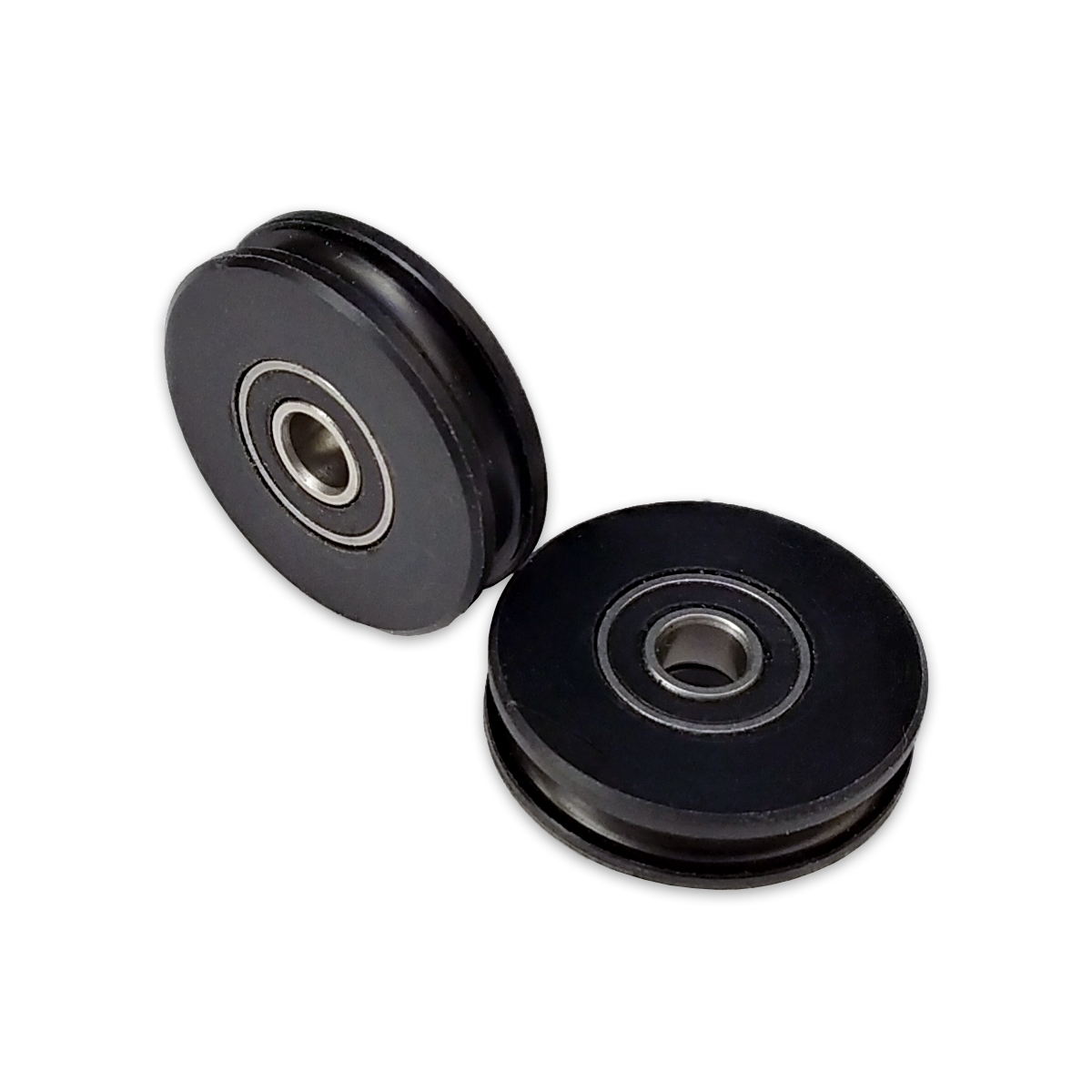
What types of rollers are typically used with roller pulleys?
Various types of rollers are commonly used in conjunction with roller pulleys to ensure the smooth movement of materials on conveyors. The specific type of roller selected depends on factors such as the application requirements, conveyor design, and the nature of the materials being transported. Here are some commonly used types of rollers:
- Gravity Rollers: Gravity rollers are simple and cost-effective rollers that rely on gravity to move materials along the conveyor. They are typically made of metal or plastic and have a series of cylindrical rollers mounted on a frame. Gravity rollers are often used in applications where materials are relatively lightweight and can be easily transported using the force of gravity.
- Drive Rollers: Drive rollers, also known as motorized rollers or power rollers, are equipped with integrated motors or driveshafts. These rollers provide the driving force to move the conveyor belt. Drive rollers are commonly used in powered conveyor systems where precise control over the movement of materials is required.
- Idler Rollers: Idler rollers are passive rollers that support the weight of the conveyor belt and the materials being transported. They are often used in combination with drive rollers or gravity rollers to provide additional support and help maintain proper belt tension. Idler rollers are available in various configurations, including troughed idlers, flat idlers, and impact idlers, depending on the specific application.
- Return Rollers: Return rollers are positioned beneath the conveyor belt to support the return side of the belt. They help maintain proper belt alignment and tension while the belt is returning back to the loading point. Return rollers are typically designed to minimize friction and ensure smooth belt operation.
- Tapered Rollers: Tapered rollers are conical-shaped rollers that are used in applications where materials need to be redirected or centered on the conveyor belt. The tapering design allows for smooth transitions and prevents materials from veering off the intended path.
- Impact Rollers: Impact rollers are specifically designed to absorb and cushion the impact of heavy or sharp-edged materials on the conveyor belt. They help protect the belt and extend its lifespan by reducing the stress and damage caused by impact loading.
These are just a few examples of the types of rollers that are commonly used with roller pulleys. The selection of the appropriate roller type depends on various factors such as the specific application, conveyor system design, and the characteristics of the materials being conveyed.


editor by CX
2024-05-09
